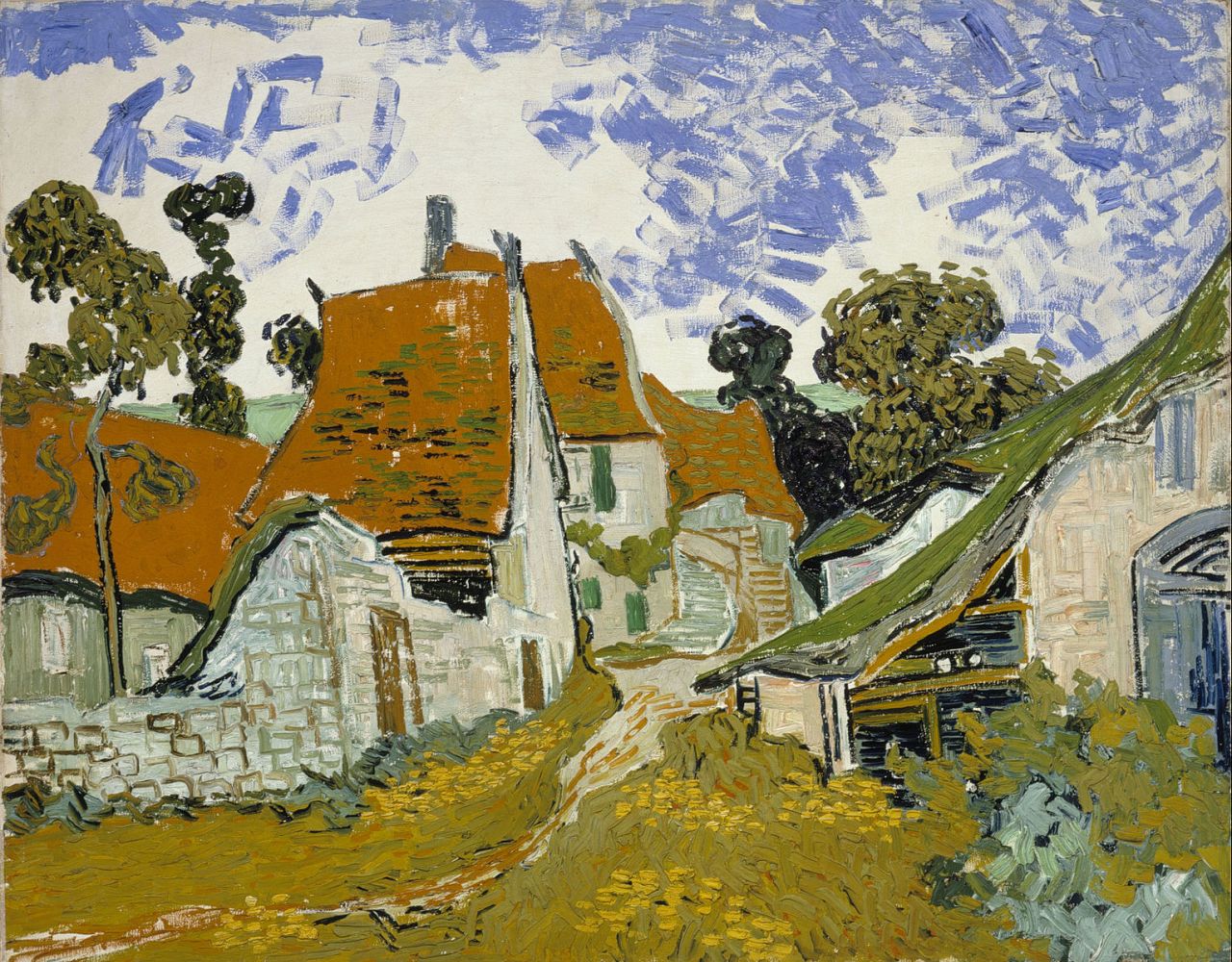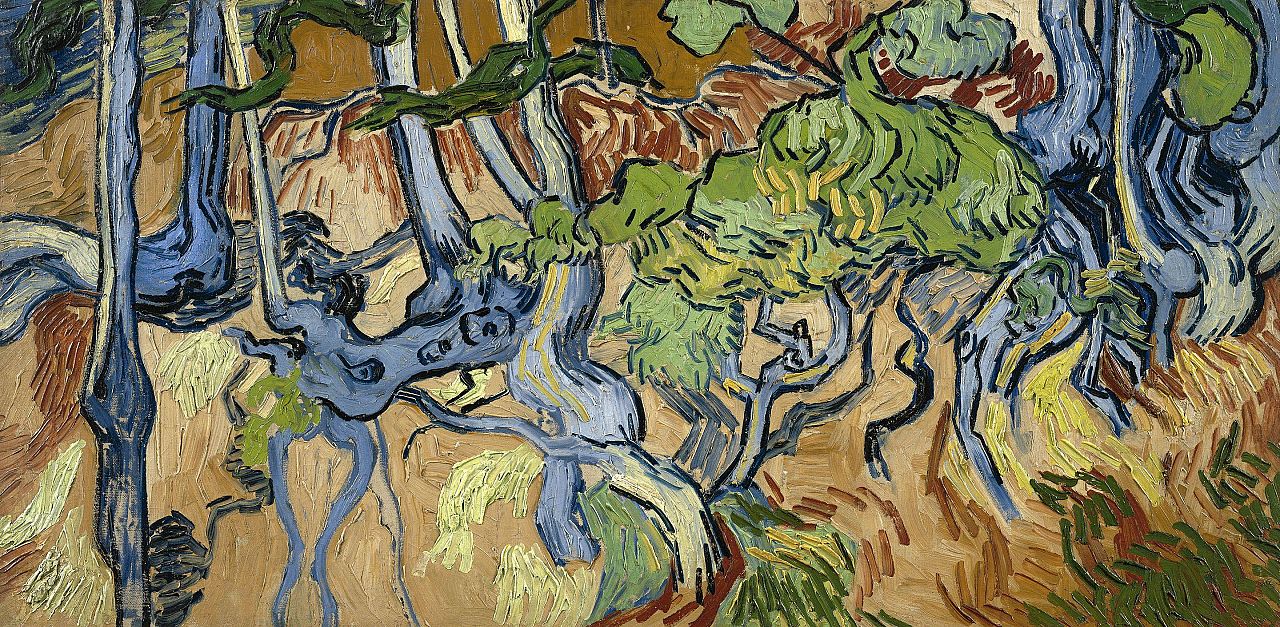Vincent van Gogh's final creative burst during his challenging mental health struggles is the focus of a new exhibition at Paris' Musée d'Orsay, which is offering an innovate virtual reality experience.
Vincent van Gogh's final months were a creative whirlwind as the the artist who was struggling with his mental health, threw himself into painting.
That intense period of creativity is being examined in new exhibition at Paris' renowned Musée d'Orsay.
Boasting the world's richest collection of Impressionist and post-Impressionist art, the Musée d'Orsay has pulled together around 40 of Van Gogh's paintings and some 20 drawings from his two months in Auvers-sur-Oise.
The exhibition also features a unique virtual reality experience, allowing visitors to immerse themselves in the paintings of the Dutch painter.
Masterpieces amidst struggles
After a year's stay in a psychiatric hospital, which he entered voluntarily a few months after cutting off his left ear, Van Gogh resettled in Auvers-sur-Oise.
The village north of Paris had picturesque landscapes that also inspired Paul Cézanne, Camille Pissarro and other artists.
And it had a doctor who specialised in depression, Paul Gachet, who took Van Gogh on as a patient.
Following his doctor's advice, Van Gogh went into creative overdrive, throwing himself into his work to not dwell on his poor mental health.
He produced paintings at an incredible rate of more than one a day - 74 in all, among them some of his masterpieces, as well as more than 50 drawings.
Musee D'Orsay's President Christophe Leribault explains "what we're really showing is his works and the way in which he really fought to the end to paint exceptional things."
The exhibits include 11 that Van Gogh painted on unusual elongated canvases, experimenting to stunning effect. Their dimensions - 1 metre wide, 50 centimetres tall - give the paintings a dramatic wide-screen, panorama look.
Loaned from eight museums and collections, it is the first time that the 11 have been shown together.
They include “Tree Roots,” thought to be Van Gogh's last painting.
It is dated 27 July 1890, the same day that he walked into a wheat field and shot himself in the chest.
He struggled back to his room but died of his injuries two days later.
Tragic as his ending is, the exhibition also testifies to Van Gogh's resilience and the sacrifices of time and energy that he poured into his work.
Experiencing Van Gogh's work like never before
The exhibition also offers an innovative and immersive virtual reality experience titled "Van Gogh’s Palette".
"So you put on a headset and travel through the works of Vincent van Gogh. In fact, you travel through his palette. You really get into his colours. It's very poetic, and it's also historically documented, meaning that the beautiful story that's told has its source in scientifically valid historical data," explains Wouter van der Veen, a specialist of Vincent van Gogh who worked on the project.
The 10 minute experience begins in Doctor Gachet's drawing room in Auvers-sur-Oise, where visitors discover Van Gogh's portrait of Marguerite Gachet and an artist's palette.
Four key Van Gogh paintings from the Auvers-sur-Oise period can be explored.
The Van Gogh exhibit at the Musee D'Orsay will run until 4 February 2024.













